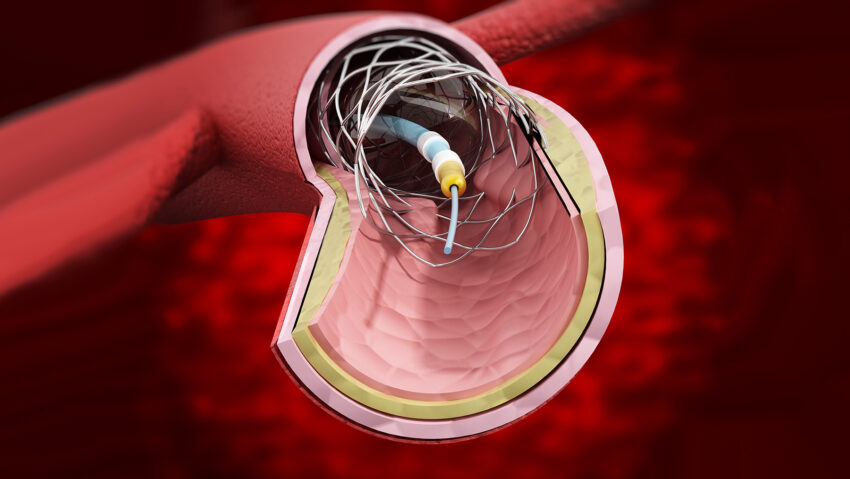Market Overview:
Peripheral vascular disease is a blood circulation disorder in which narrowed arteries reduce blood flow to the limbs, most commonly in the legs. Peripheral vascular devices are widely used to diagnose and treat conditions affecting peripheral arteries and veins outside of the heart and brain, such as carotid artery disease, aortic aneurism and deep vein thrombosis. These devices include angioplasty balloons, stents, catheter guidance systems, thrombosis devices such as inferior vena cava filters and general surgery supplies such as graft materials. The increasing prevalence of peripheral artery disease and rising geriatric population susceptible to peripheral vascular diseases are major factors driving demand for peripheral vascular devices globally.
Market key trends:
One of the key trends in the peripheral vascular devices market is the introduction of drug-eluting and bioabsorbable stents. Compared to traditional metal stents, drug-eluting stents prevent restenosis by releasing medicine to inhibit cell proliferation. Bioabsorbable stents dissolve naturally after implantation, eliminating the need for lifelong dual antiplatelet therapy required with permanent metal stents. Advanced catheter systems equipped with newer technologies such as optical coherence tomography and fractional flow reserve to aid complex procedures are also gaining traction. Furthermore, growing research into regenerative therapies including stem cell therapy offers promise for peripheral vascular patients by promoting tissue regeneration.
Porter’s Analysis
Threat of new entrants: The Peripheral Vascular Devices Market Demand requires high R&D investments and regulatory approvals which poses challenges for new entrants.
Bargaining power of buyers: Individual buyers have low bargaining power due to undifferentiated nature of devices however group purchasing organizations have significant power to negotiate on price and quality.
Bargaining power of suppliers: The market has presence of many component suppliers which reduces their bargaining power against peripheral vascular device manufacturers.
Threat of new substitutes: There exists no close substitute for peripheral vascular devices though alternative treatment options like open surgery pose limited competition.
Competitive rivalry: The market is highly competitive with presence of few large players and many regional players. Players compete on product innovation, quality and performance.
Key Takeaways
The global peripheral vascular devices market is expected to witness high growth, exhibiting CAGR of 7.6% over the forecast period, due to increasing incidence of peripheral artery disease and growing geriatric population. The market size for 2023 is estimated to be US$ 11047.08 Mn.
Regional analysis indicates North America dominated the global market in 2020 owing to growing prevalence of vascular diseases, developed healthcare infrastructure and high treatment rates in the US. Asia Pacific peripheral vascular devices market is anticipated to exhibit fastest growth due to raising awareness, improving healthcare facilities and expanding base of vascular disease patients.
Key players operating in the peripheral vascular devices market are Abbott Laboratories, Boston Scientific Corporation, Angioscore, Emboline Inc., Becton Dickinson, and Company, Cook Group Inc., Cordis Corporation, Covidien PLC, Edward Lifesciences Corporation, Medtronic Plc, St. Jude Medical, and Bayer AG. These players compete based on product innovation, quality, and performance.
Note:
- Source: Coherent Market Insights, Public sources, Desk research
2. We have leveraged AI tools to mine information and compile it

